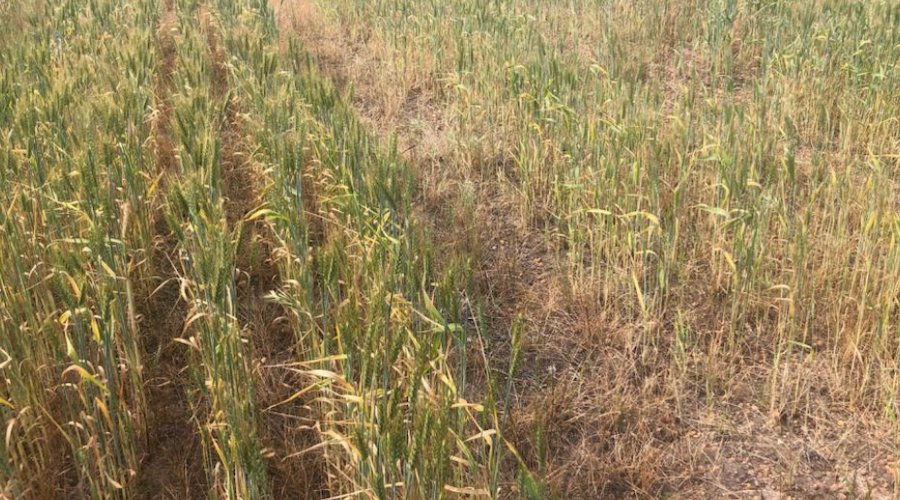
Lithium Australia NL (ASX: LIT) announced that its 90%-owned subsidiary Envirostream Australia received positive preliminary results from a field trial in which zinc and manganese derived from the recycling of alkaline batteries were added as micronutrients to conventional mono-ammonium phosphate fertilizer.
In a press release, the miner said that since the disposal of spent batteries is a rapidly escalating global problem, the application of this type of solution can provide an environmentally friendly option to the accumulation of waste and, at the same time, benefit the agricultural sector.
Lithium Australia said the utilization of manganese and zinc derived from spent alkaline batteries shows immense promise as a micronutrient for broadacre farming
“Envirostream is well placed to provide Australia with a far superior environmental alternative to sending spent batteries to landfill,” Lithium Australia’s managing director, Adrian Griffin, said in the media brief.
“The utilization of manganese and zinc derived from spent alkaline batteries shows immense promise as a micronutrient for broadacre farming. The visual results we have seen in our Western Australian field trials speak for themselves.”
Envirostream micronutrients were applied during wheat seeding at a farm near the town of Kojonup. According to the company, its mix is slow-release and it is tailored specifically for broad-acre farming in Western Australia, where sandy soils are characterized by a low content of zinc and manganese.
The initial results from the trial show that the plants that received the treatment grew larger and greener than the ones that were given no fertilizer.
“Other than the control plants, which received no fertilizer, the visual performance of the Envirostream treatments is comparable to that of the plants receiving the commercially available fertilizer treatments,” the release states.
“Performance of the control plants is in line with expectations, due to the phosphorous deficiency of the soil. Visual trial performance is supported by statistical analysis of plant tissue from each of the areas treated.”
Lithium Australia said that the field trial harvest is planned for mid-December 2020, after which grain sampling will allow the company to complete a micronutrient analysis over the lifecycle of the crop.